-
The Symbolism of Water Wells
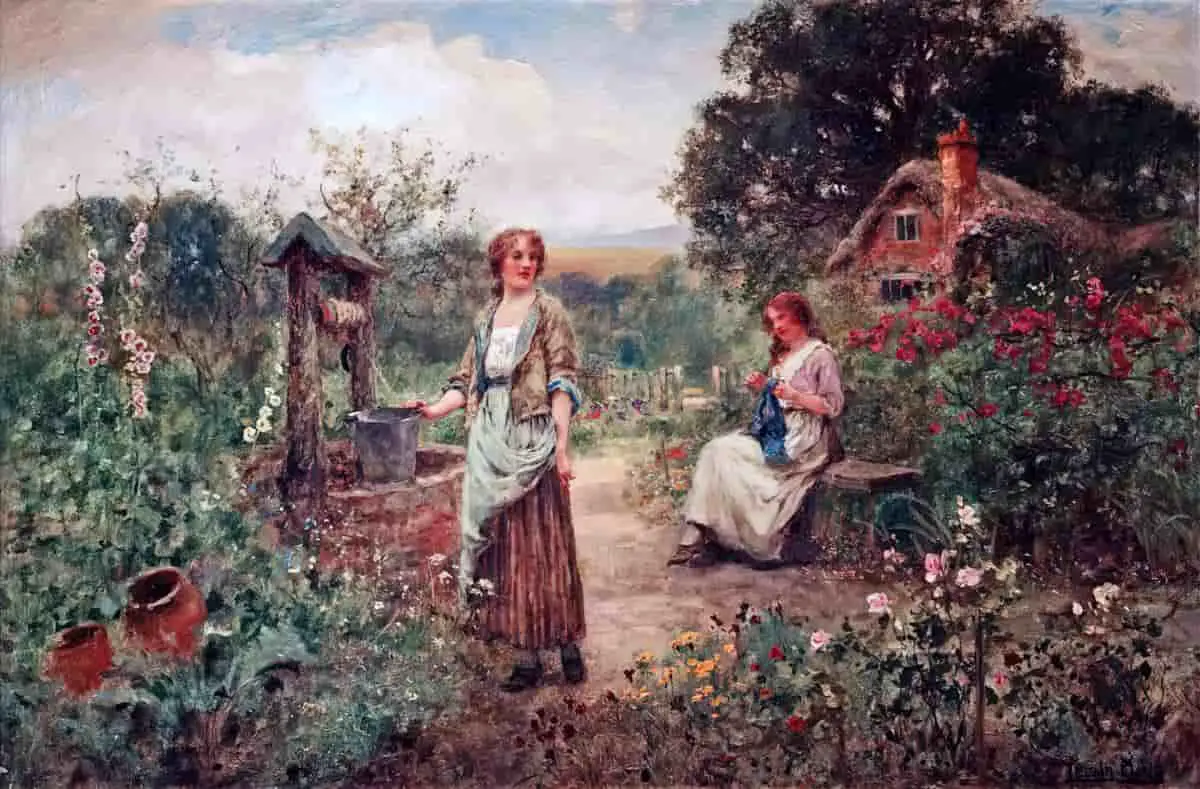
In folklore and fairy tale, round, enclosed structures (towers and wells) align with lunar figures which stand in for cyclic time i.e. dragons, serpents, werewolves or other related creatures who abduct maidens. And also, by the way, dishevelled hair and shaggy furs worn as garments are the other symbol set which go hand-in-hand with round, […]
-
The Colour Purple Symbolism
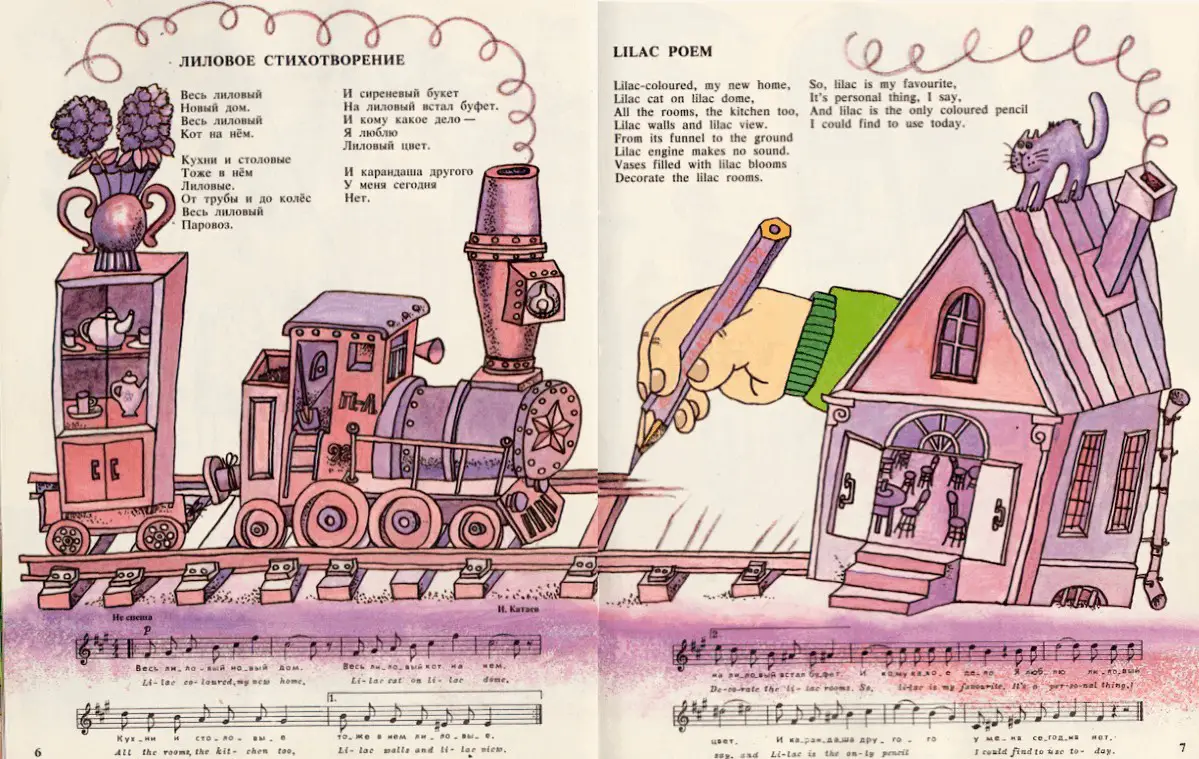
Before the concept for ‘blue’ existed, Homer wrote famously in The Odyssey of the “wine-dark sea.” Sure, it might’ve looked purple even to a contemporary audience, but we know from other writings around the world that the concept of ‘blue’ was late to enter human consciousness. “The Odyssey” suggests that blue was included the concept of purple.
-
Symbolism Of The Colour Blue
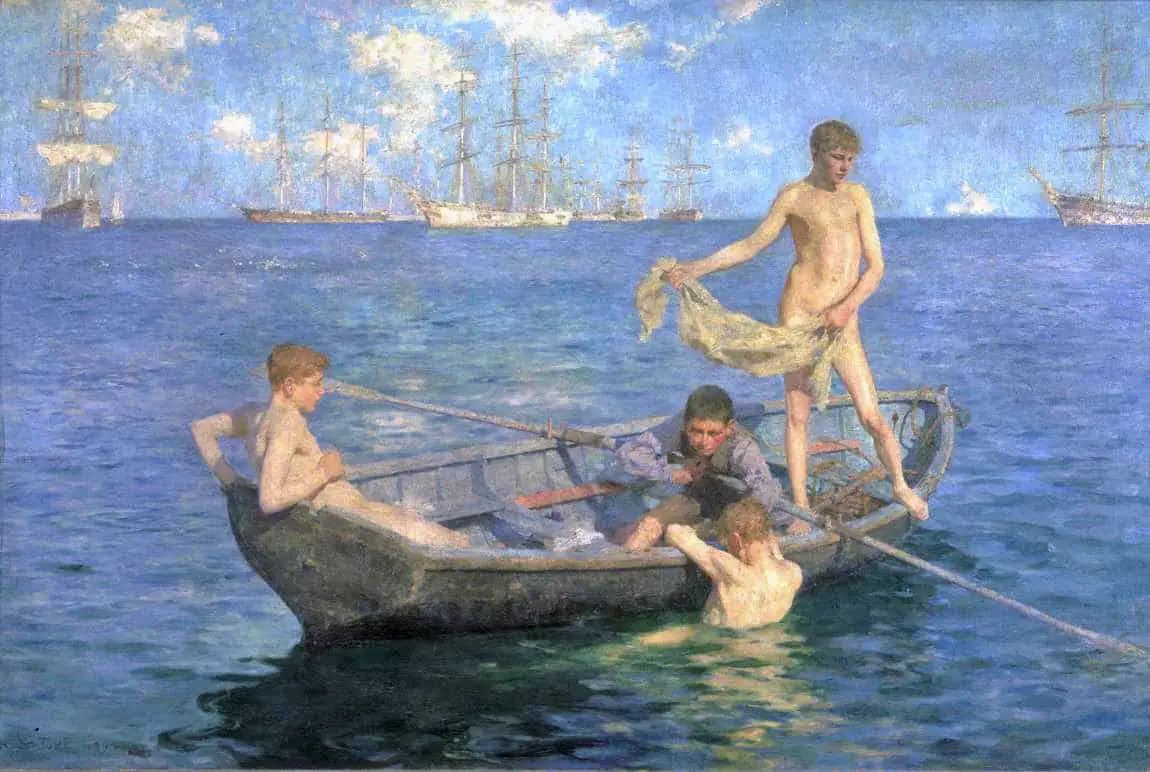
In the “Odyssey”, Homer famously describes the “wine-dark sea.” Well, that’s poetic, isn’t it? But there’s a reason he didn’t just call the ocean blue. There was no term for ‘blue’ in Ancient Greece. People from antiquity didn’t consider blue a separate colour significant enough to name. It’s difficult to find a word that meant […]
-
The Wind In The Willows by Kenneth Grahame Analysis
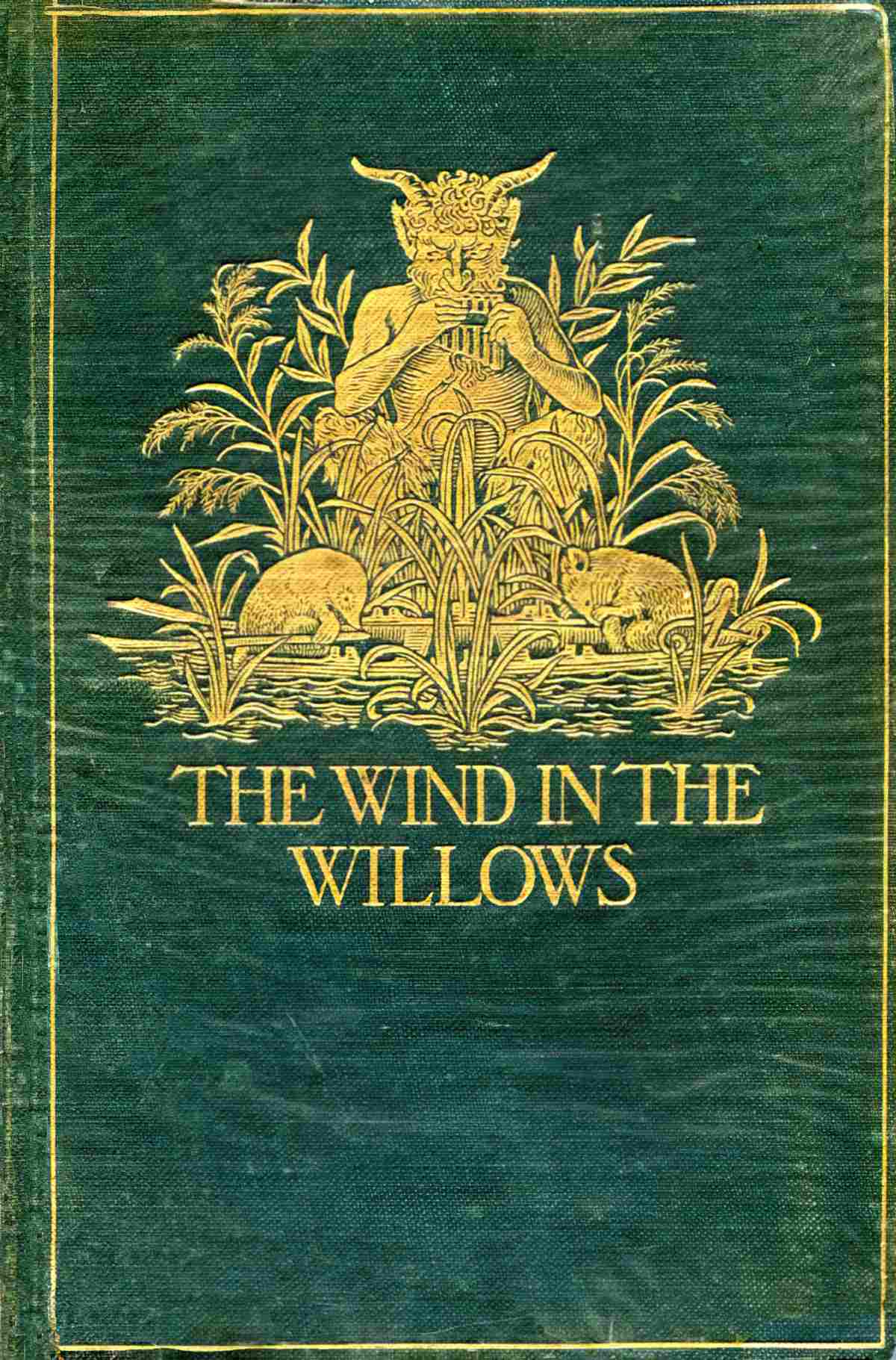
A man in the shape of a Mole’s body feels a yearning which can only be fulfilled by entering the most transgressive parts of his own psychology, externally represented by the Wild Wood. On his journey, he meets other men, each driven by their own secret (and not so secret) passions.
-
The Annotated Night Before Christmas
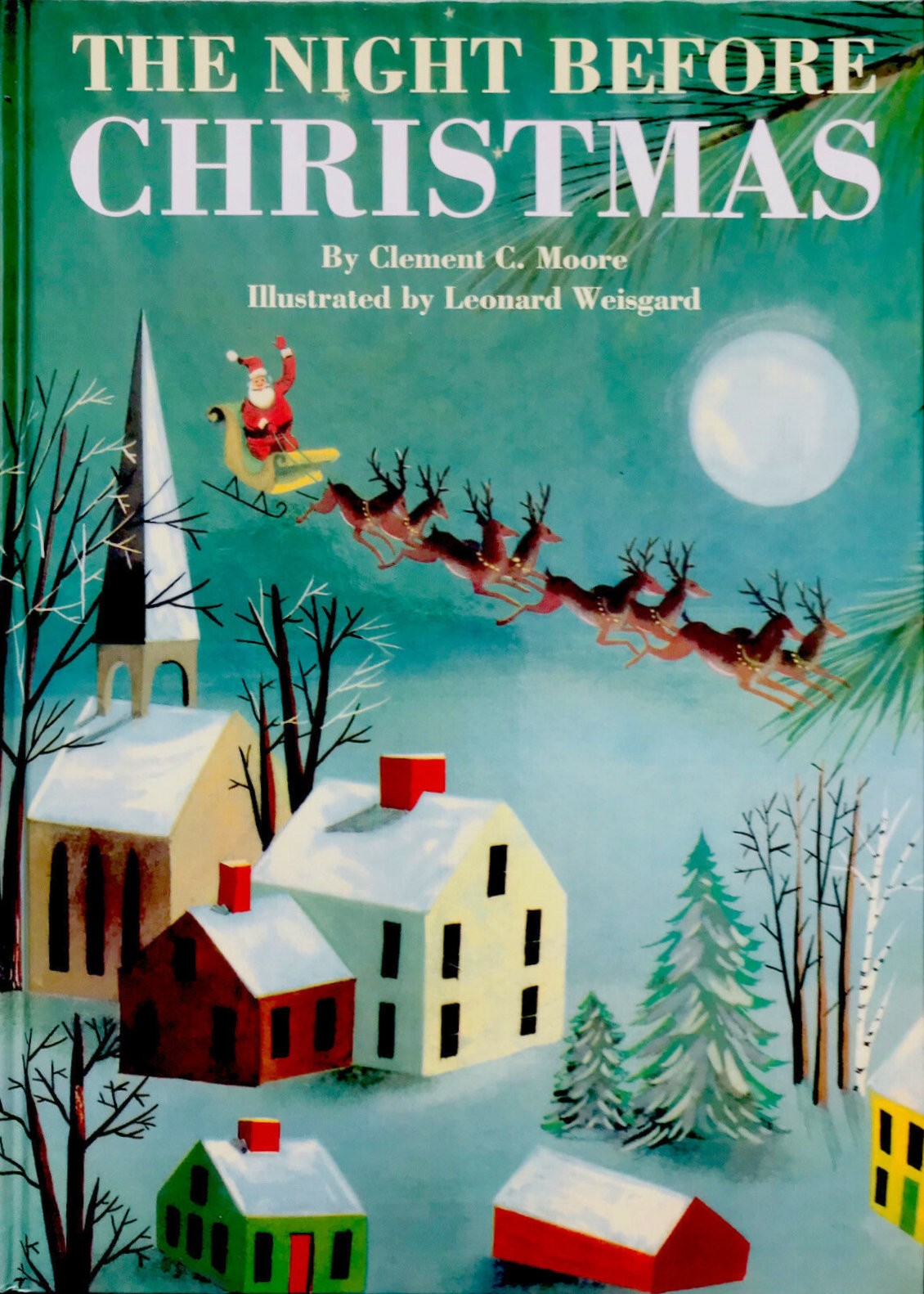
“The Night Before Christmas” is an alternative title of the poem “A Visit from St. Nicholas” (controversially) by a guy called Clement Clarke Moore. The poem was first published anonymously in 1823 and only later attributed to Clement Clarke Moore, who claimed authorship in 1837, the start of the Victorian era. A Dutch migrant called Henry Livingston might be the true author.…
-
Deck the Halls by Shirley Jackson Short Story Analysis
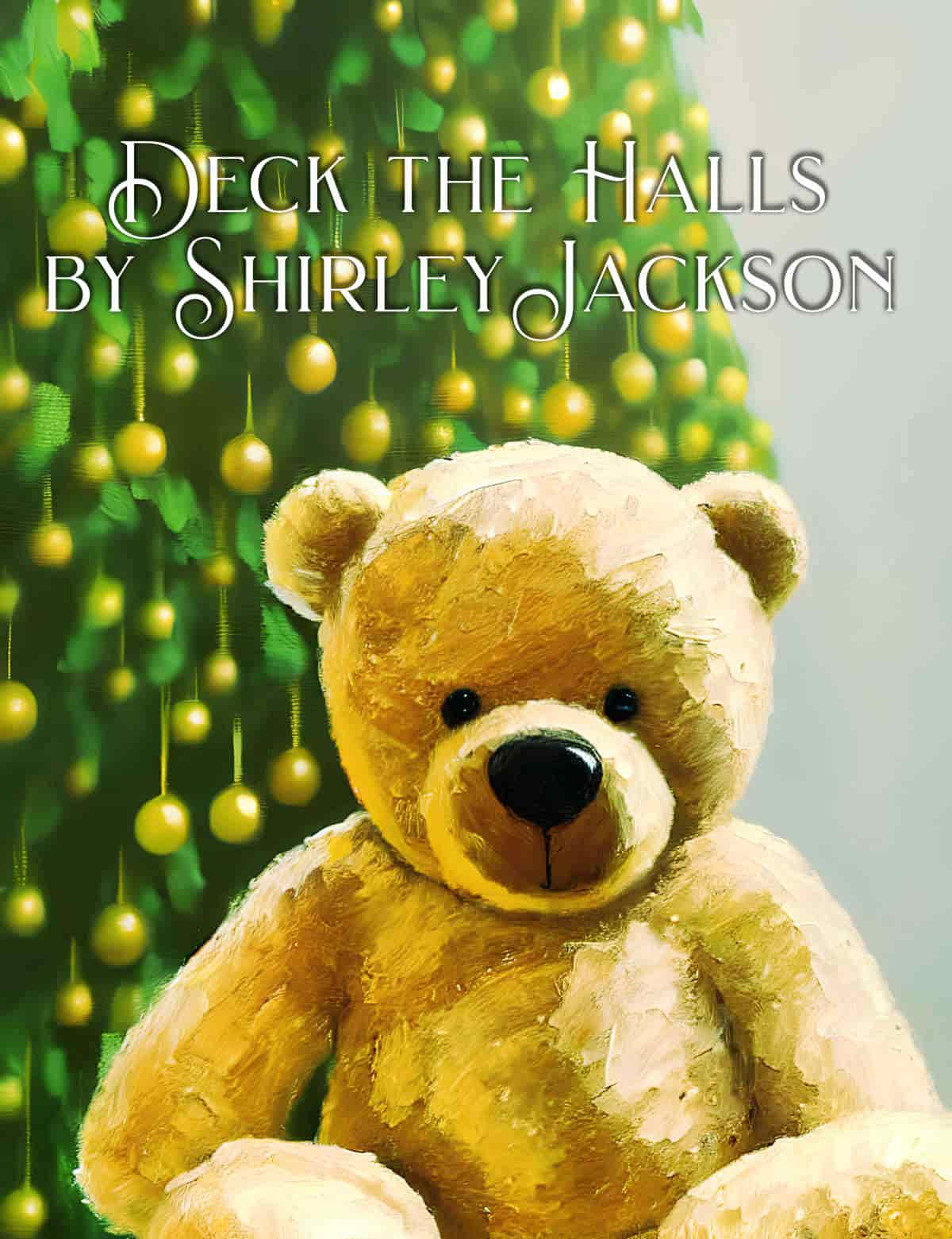
“Deck the Halls” is a Christmas short story by American author Shirley Jackson which asks readers to challenge what it means to be charitable. Find it in the collection Just An Ordinary Day.
-
Types of Repetition in Storytelling
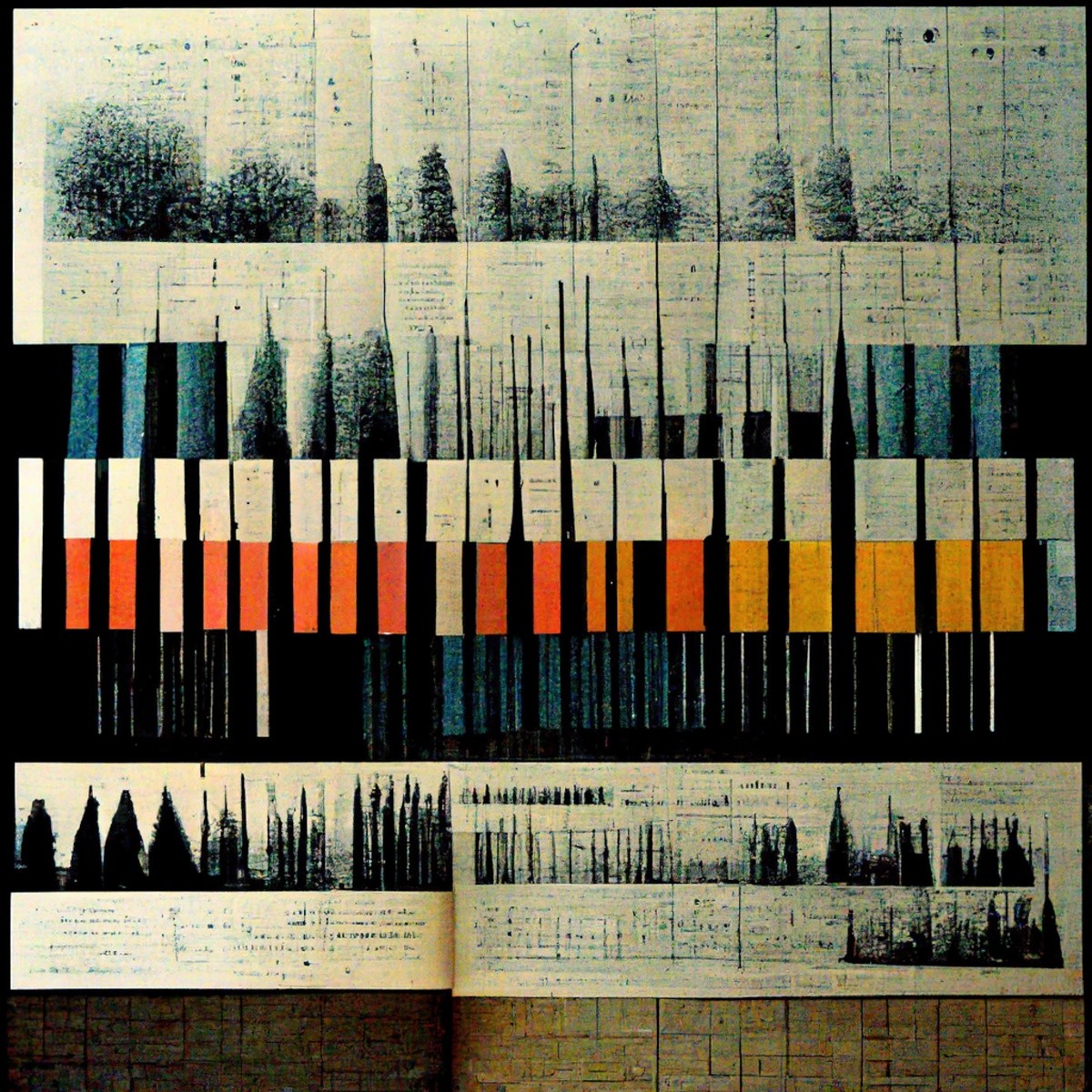
Repetition is sometimes accidental when it pops up in first drafts, but deliberate repetition is important when telling a story. The trick is knowing when to repeat yourself, and why you’re doing it.
-
Silicon Valley and Comedy Character Ensembles

The creators of Silicon Valley reveal to their audience early in the show the thinking behind their ensemble of “five guys”. This may or may not have some realworld application — I don’t know the real Silicon Valley. But even if it doesn’t ring one bit true, every time we do see this particular ensemble in real life tech teams,…
-
Naive Illustration In Picture Books
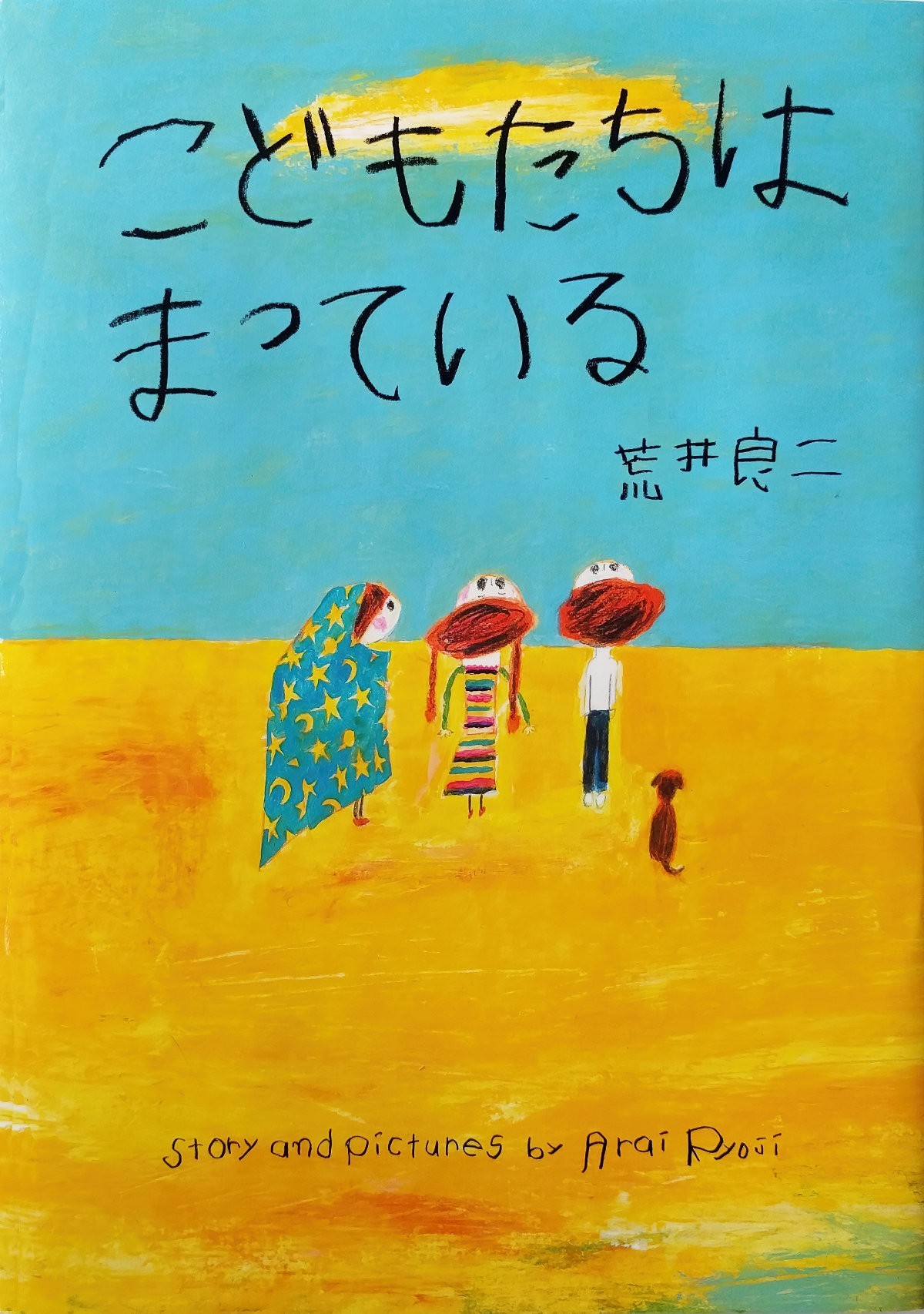
When illustrators talk about creating artwork for children, they sometimes talk about including something in each work which will encourage child readers to pick up a pencil or brush and give art a go themselves.
-
The Widow’s Broom by Chris Van Allsburg Picturebook Analysis
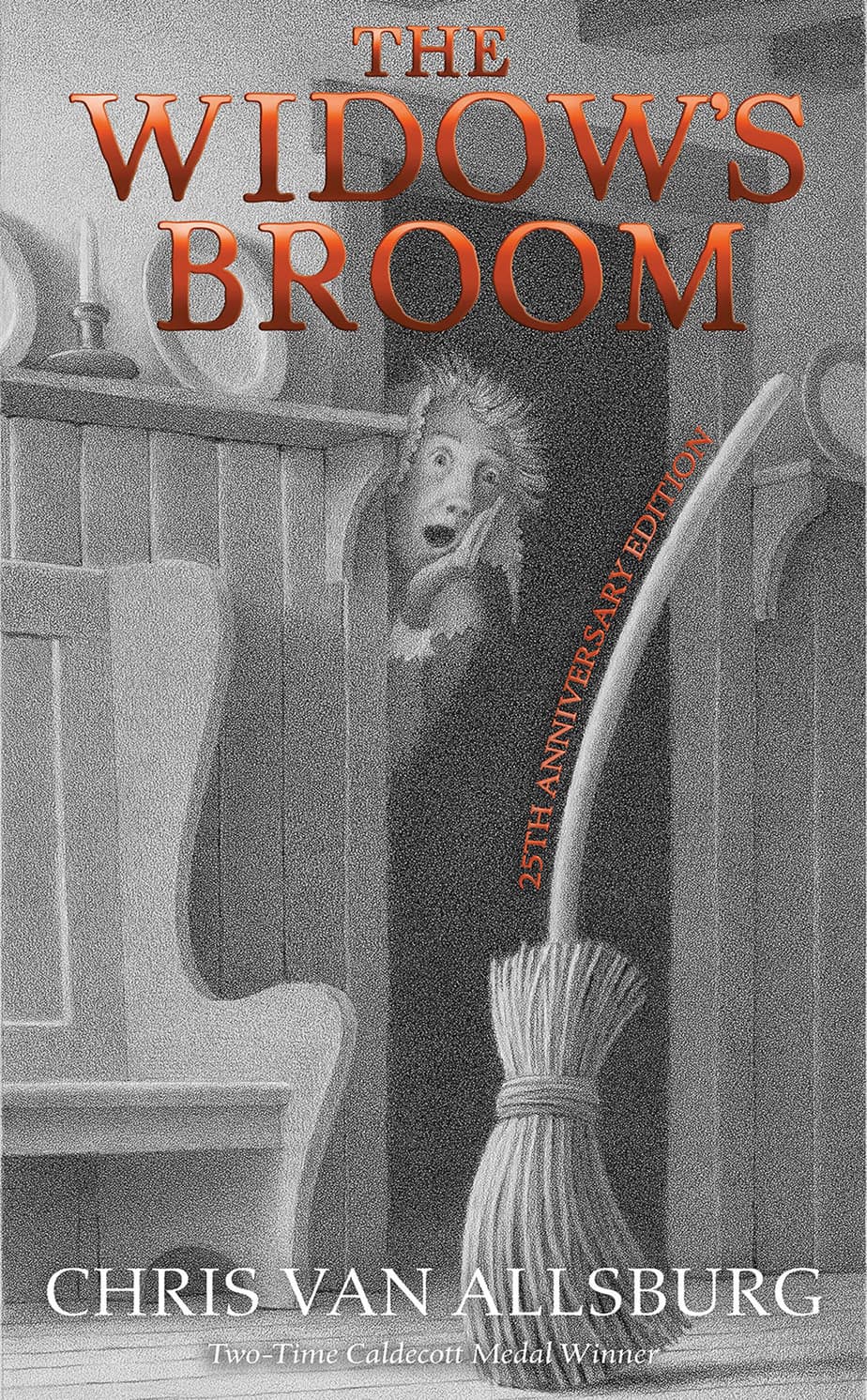
“The Widow’s Broom” is a 1992 picture book by American author illustrator Chris Van Allsburg. Like many of Van Allsburg’s books, this one remains popular with teachers, partly because this is a storyteller who requires the reader to do a little work. Students can practise their inference skills in class. Like all good stories which […]
-
Pigs In Art And Children’s Literature
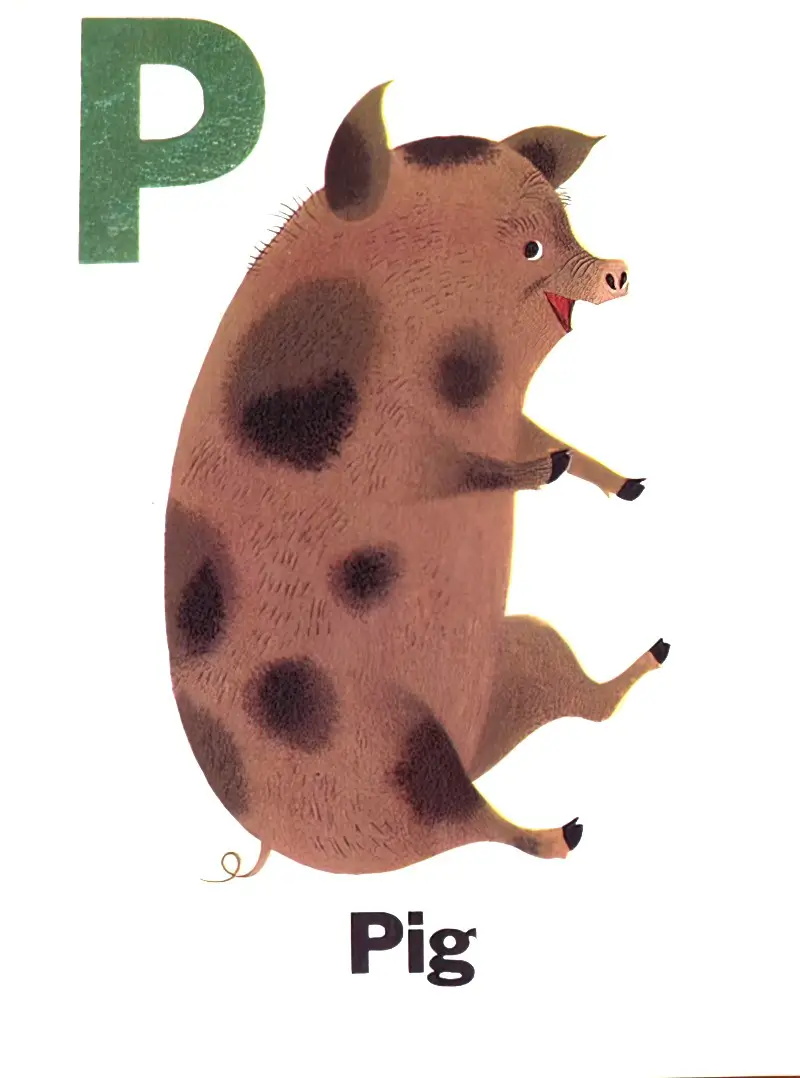
Illustrations of pigs through the ages.
-
Creepy Donkey Skin Fairy Tales Analysis
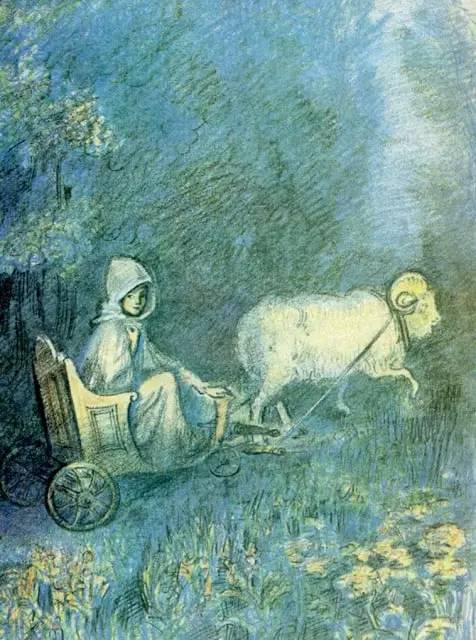
“Donkey Skin” is an old tale which appealed to Charlies Perrault. Perrault included his own version (called “Peau-d’ Ane, Conte”) in Old-time Stories told by Master Charles Perrault (1921), ensuring the tale’s enduring popularity, and cementing Perrault’s particular spin on it in popular imagination.
-
Making Use Of Cognitive Biases In Storytelling
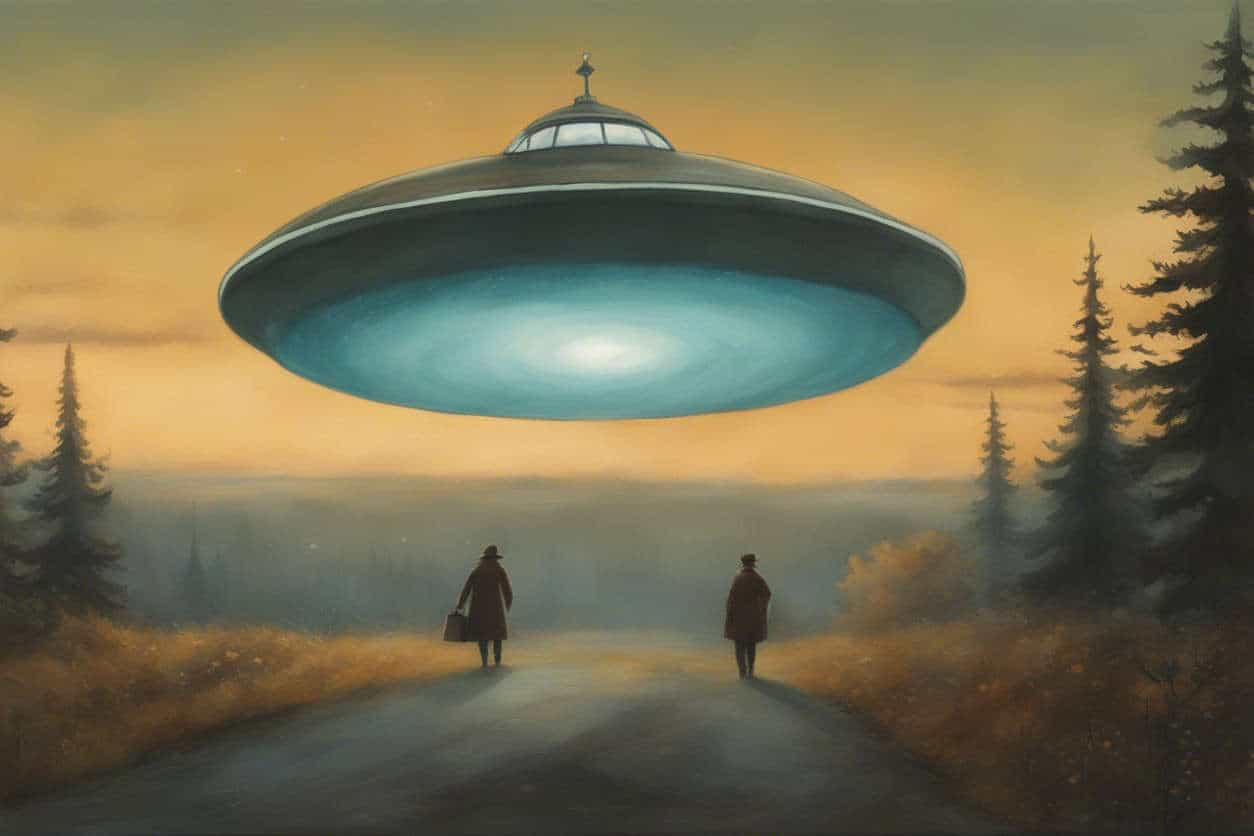
Cognitive biases are at play when an audience interprets any work of art. Storytellers can make use of them, and regularly do.
-
Fish Bowls In Art
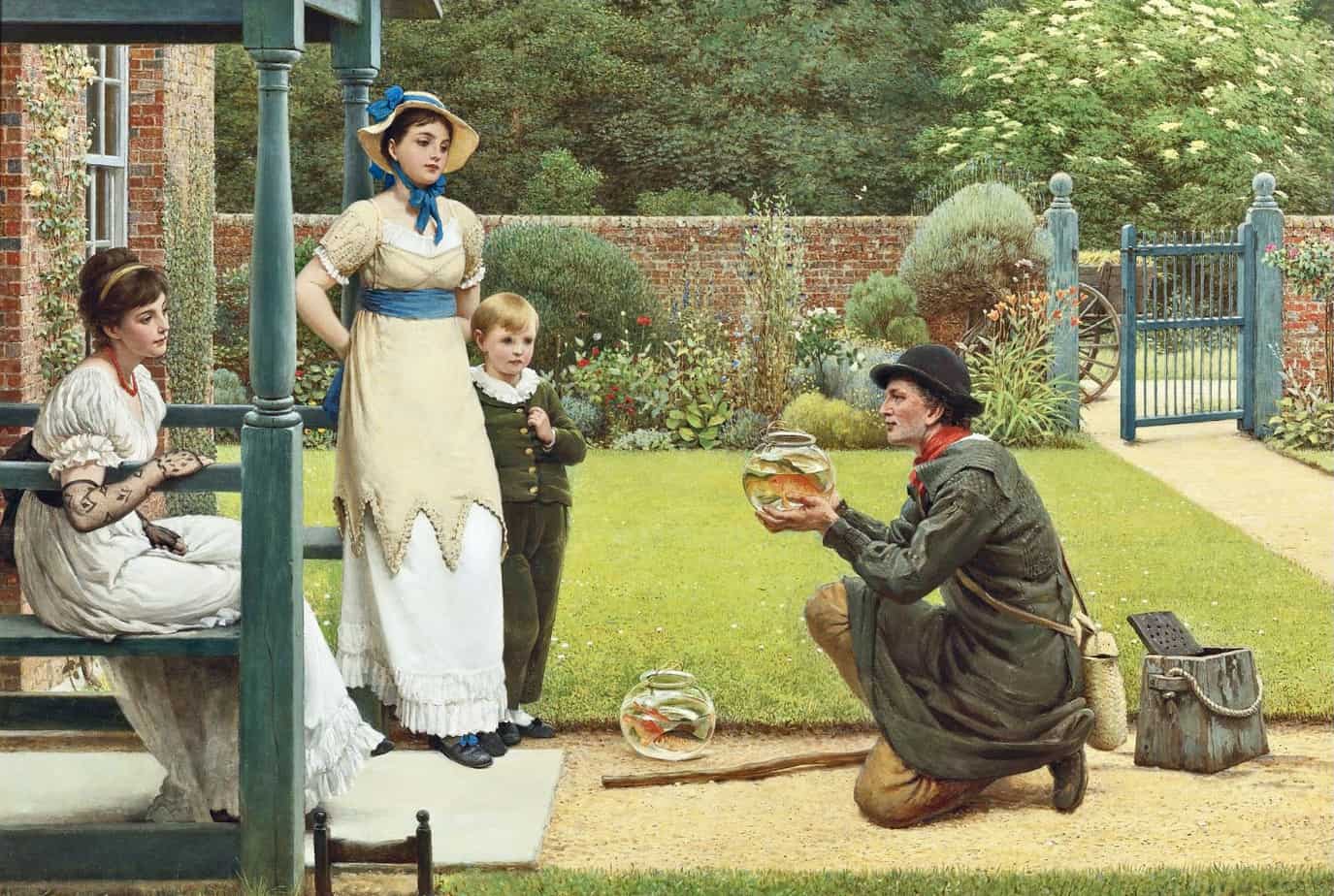
The fishbowl is a common symbol of surveillance, as is a glass house. For house cats, the fish bowl is a miniature version of the pond or lake — domestic version.
-
The Golden Age Of Brownies
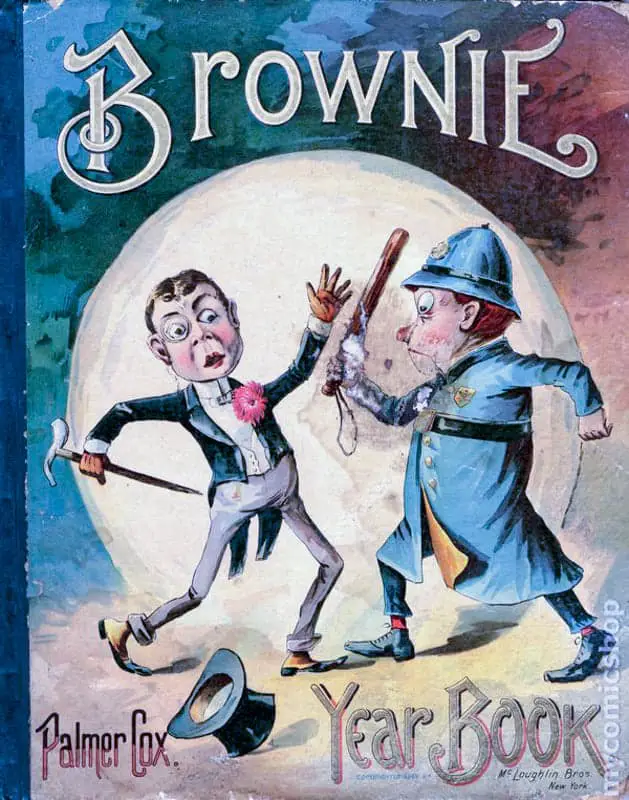
A brownie is a fairy from English and Scottish folklore. They live in houses (so are a type of hobgoblin — ‘hob’ referring to the cooking equipment with hot plates). They are industrious. Like German poltergeists, they sometimes mess up the joint. This is done out of mischief rather than malice. However, the Yorkshire boggarts […]